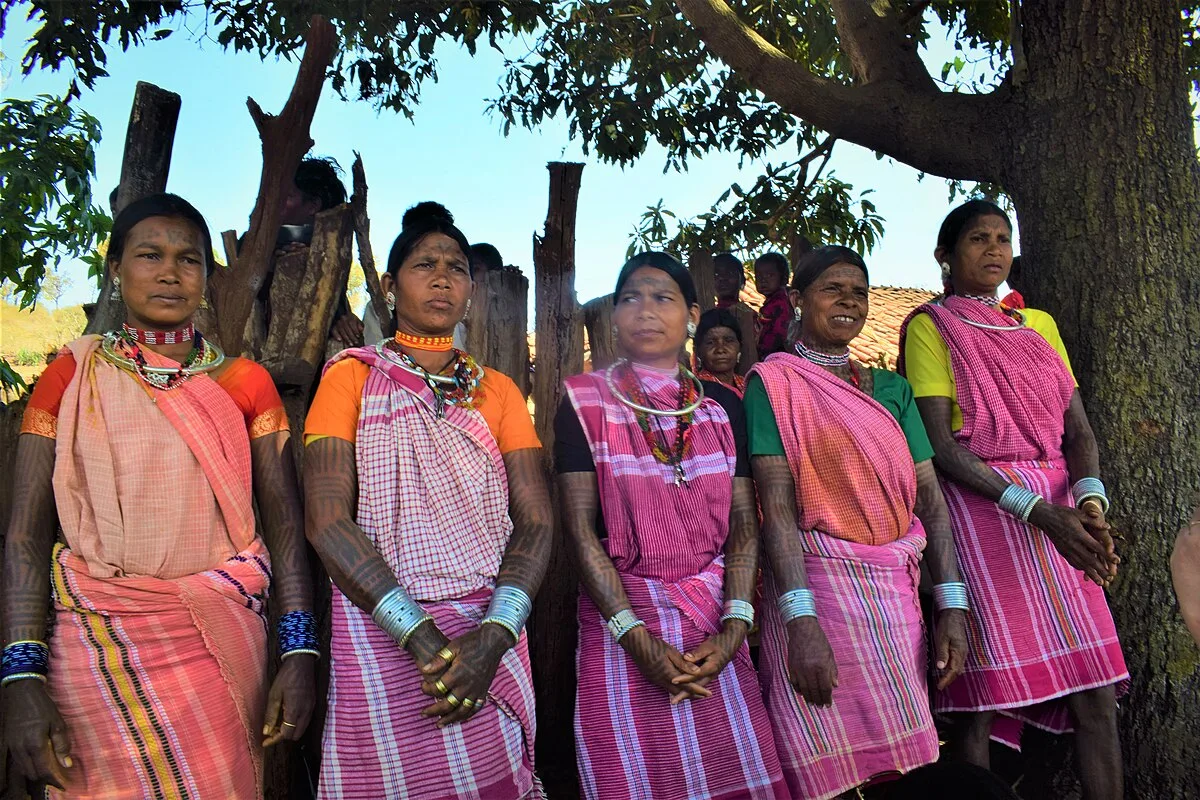The Anthropological Survey of India (AnSI) and various Tribal Research Institutes (TRI) have, for the first time, conducted a comprehensive classification of 268 denotified, semi-nomadic, and nomadic tribes that had previously remained unclassified.
Following an extensive three-year study, the AnSI and TRIs have recommended the inclusion of 179 of these communities within the Scheduled Castes (SC), Scheduled Tribes (ST), and Other Backward Classes (OBC) categories. Notably, 85 of these communities are being classified for the first time, while 63 communities were found to be untraceable, having likely assimilated into larger groups, changed their identities, or migrated to different regions.
Rationale for the Study
The Criminal Tribes Act of 1871 was introduced by the British colonial administration. It was a draconian measure that categorised entire communities as “criminal” by birth. The Act presumed these communities to be habitual offenders and subjected them to intense surveillance, forced settlement, and punitive restrictions on their movement. This legislation was expanded in subsequent amendments, culminating in the Criminal Tribes Act of 1911 and 1924. These measures deeply entrenched social stigma and economic marginalisation among affected communities, preventing their integration into mainstream society.
The Act was finally repealed in 1949 after Indian independence, but its effects continue to influence the socio-economic conditions of these groups today.
Since the repeal of the Criminal Tribes Act successive commissions have endeavoured to classify these tribes. The first attempt was made by the Kaka Kalelkar Commission, followed by the Lokur Committee (1965), the Mandal Commission (1980), the Renke Commission (2008), and most recently, the Idate Commission (2017). However, these efforts have failed to classify all such communities comprehensively.
The Idate Commission’s report, submitted in December 2017, identified over 1,200 denotified, semi-nomadic, and nomadic tribes nationwide. Additionally, it highlighted 267 communities that had never been classified and recommended urgent action to complete the classification process.
Consequently, in February 2019, the Prime Minister’s Office established a Special Committee, led by the Vice-Chairperson of the NITI Aayog. The committee comprised Bhiku Ramji Idate, Dr J.K. Bajaj from the Centre for Policy Studies, and the Director-General of AnSI. This committee entrusted the classification task to AnSI and TRIs, which commenced their work in February 2020 and submitted their findings in August 2023.
Need for Classification
In December 2022, a Parliamentary Standing Committee on Social Justice and Empowerment criticised the government’s persistent failure to expedite the classification process in its report. The committee warned that delays in locating these communities would exacerbate their hardships and deprive them of welfare benefits intended for SCs and STs.
Professor Emeritus S. Narayan of the Institute of Social Sciences, New Delhi, highlighted historical misclassifications in early colonial censuses, where tribes were incorrectly designated as castes and vice versa, often influenced by political considerations. He emphasised that while classification may have political implications, an anthropological perspective could yield more accurate categorisations. Furthermore, experts such as Dr B.K. Lodhi, who assisted the Idate Commission, stressed that the absence of a complete list has hindered efforts to organise these communities effectively. Many remain wrongly classified, while hundreds have yet to be recognised.
Potential Impact
The classification process has significant political ramifications. Activists across Uttar Pradesh, Haryana, Madhya Pradesh, and Gujarat are challenging the premise of including these communities within SC, ST, or OBC categories, particularly concerning reservations.
Within the Development and Welfare Board for De-notified, Nomadic, and Semi-Nomadic Communities, two divergent viewpoints have emerged. One faction supports completing the classification process to ensure access to welfare benefits, while another advocates for creating a distinct classification for denotified tribes, potentially enshrined in a separate constitutional schedule. The government’s response to these recommendations will influence whether state governments pursue further inclusions.
Future Prospects
While AnSI and TRIs have completed their ethnographic study, the report remains under review by the Special Committee led by the Vice-Chairperson of NITI Aayog. Officials have indicated that the committee is scrutinising the recommendations and will present a final report.
The classification of denotified, semi-nomadic, and nomadic tribes represents a crucial step towards rectifying historical injustices and ensuring equitable access to government welfare schemes. However, the process also raises broader questions about identity, political representation, and social inclusion. As the government deliberates on these recommendations, it must strike a balance between administrative precision and the socio-economic upliftment of these marginalised communities.
